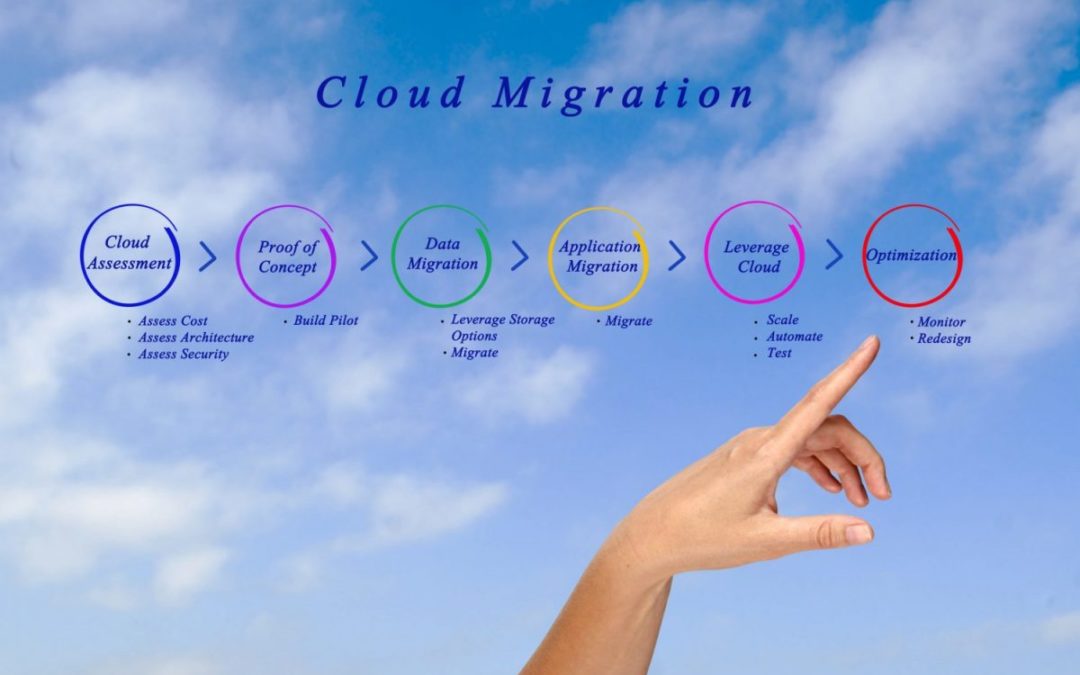
The Right Agile Tool For Your Team
Software development and the processes that guide it have been evolving over the past twenty years. The Waterfall methodology, thought by many to now be obsolete, paved the way for both iterative and agile based software development methodologies. Agile itself is not confined to a single method, but is often fluid and changes between process frameworks (i.e. SCRUM vs. Kanban) and the organizations that use agile (Non-Profits, Government Agencies, and Commercial firms). Due to Agile’s propagation among software projects, and the need for teams to stay organized, tools have been developed in order to help software developers, scrum masters, product owners (and the list goes on) stay organized. Here we’ll be examining four agile tools used for planning and organizing teams: JIRA, Trello, Targetprocess and Bugzilla. Specifically, with these tools, we will be examining their pros, cons, and the types of organizations for which they are most suited.
JIRA / JIRA Agile
JIRA is a versatile issue tracking system built and designed for software teams to track project related tasks / issues. Atlassian utilizes Kanban and SCRUM based boards that are highly customizable. As JIRA Experts and Partners, we are not only (slightly) obligated, but also thrilled to write about JIRA and JIRA Agile’s capabilities. JIRA also enables users to create complex reports and filters using Jira Query Language (JQL) which functions similar to SQL. You can find out more, and try JIRA for free here: https://www.atlassian.com/

Figure 1: JIRA Agile Board
Starting Price:
10 users for $10 /month (Cloud and Server). Data center options are available.
Pros:
- Highly Customizable: you can create custom fields, boards, reports, etc.
- Built for Cloud + Server: you can install and manage JIRA-Agile in your data center or access it through the cloud.
- One of the most widely used Agile tools on the marketplace.
Cons:
- Price: after you get past the 10 users, the price quickly jumps for 15 users to $75 per month. 2,000 users may run you $1,500.00 in the cloud per month. 10,000 users in JIRA Server will run you close to $36,000.00 per month.
- Add-ons may be pricey, and are sometimes required to extend the base functionality of JIRA.
- There is a steep learning curve for administration, installation, and customization.
JIRA is a great overall tool for both small and large teams. However, in our experience we’ve found JIRA may offer too much customization for a small team to get a tool “up and running”. But, for many organizations, JIRA is the first tool we show them when helping them select an agile tool. We would recommend JIRA for small but established teams as well as medium sized and large teams / organizations.
Trello
Trello is an agile, cloud-based tool recently acquired by Atlassian. It currently does not have a standalone installation. The boards allow users to define their own lanes or columns (called “lists) where you can drag and drop cards. Cards on the board also allow you to attach images and files, write descriptions and you can assign cards to Trello users (or add them) who have access to your board. Trello Boards can be public or private. You can try Trello for free here: https://trello.com/.

Figure 2: Trello Agile Board
Starting Price:
$0, Trello Gold will run you $5 per month, or $45 per year.
Pros:
- (In our opinion) The most fluid / easily understandable UI of all the tools we reviewed.
- No costs upfront: you can create a Trello board with limited costs to you and your team. This is excellent for small teams or startups.
- Ability to add potentially unlimited number of users to your board.
Cons:
- Lack of customization (custom fields, screens, and issues / tickets).
- Limited reporting capabilities (no fancy advanced reporting or dashboards here).
- No way to link code to cards that are being developed unless you use the advanced APIs.
Trello is excellent for small and medium sized agile development teams, but may not hold up well against larger teams due to its lack of overall customization capabilities. We would recommend this mostly for small teams and startups.
Targetprocess
Targetprocess is an Agile tool allowing users to build out detailed projects and project schedules. Very similar to JIRA, it allows users to customize boards, user permissions, notifications, and issue types (called entities). It has a standalone installation that is normally used for large organizations or projects, and a cloud-based application. You can find additional information regarding Targetprocess, and try it out here: https://www.targetprocess.com/.

Figure 3: Targetprocess Agile Board
Starting Price:
Its free, you can begin using Targetprocess at $0.00.
Pros:
- Starting price of $0.00 is a huge motivator for small teams looking to begin development.
- Free courses on basic and advanced system features. You do not have to pay for training.
- Highly customizable tool with excellent customer service.
Cons:
- By default, you can purchase the cloud version for limited costs. If you want a standalone server, you must purchase the full enterprise level.
- (In our opinion) Targetprocess has a clunky UI that could use a bit of updating.
- Developing advanced filters using the Targetprocess specific query language is not as straight forward as JIRA’s JQL: https://www.targetprocess.com/guide/filters/advanced-filters-views-reports/advanced-mode/
Targetprocess can be used for both small and large project teams. It has a nice blend of rigid controls and permissions that compare with those provided by the Atlassian tool suite. However, the UI seems to be a bit outdated, but its rigidness may apply best to large programs and projects where users may only be allowed to execute limited functionality.
Bugzilla
Actively maintained by the Mozilla foundation, Bugzilla is a true open-source bug tracking tool. There is no cloud instance, which means you are required to download and install it on your server or in a hosted instance (i.e. AWS). Of all the bug tracking / agile tools we’ve touched on here, it is the oldest (being released in 1998) and to this day is still actively maintained. You can download and install Bugzilla here: http://www.bugzilla.org. Bugzilla does not come out-of-the-box with an Agile based board installed, you will need to install one: http://www.scrumexpert.com/tools/scrum-kanban-open-source-tools-for-bugzilla/

Figure 4: Bugzilla using the KanbanBoard Plugin
Starting Price:
$0.00 (its open source!)
Pros:
- Absolutely Free, you will never pay for the actual Bugzilla application.
- Highly customizable: you have full documentation on the code from the Mozilla group that you can review and build atop the success of Bugzilla.
- Heavily documented tool and actively maintained.
- Majority of add-ons for Bugzilla are free, you can extend the functionality of Bugzilla for little to no cost.
Cons:
- There is no customer support for this tool. Should you have an issue or question, you can consult the Mozilla documentation, Stack Overflow, and other support forums.
- No cloud hosted option for small teams, you are required to use a standalone server (or purchase a hosting platform).
- Outdated, clunky UI for many of the Agile based add-ons.
Bugzilla is great for project teams of all sizes who may have some extra server power lying around. And maybe for that reason, it would be geared towards established smaller teams who want to have the customization and configuration capabilities of JIRA / Targetprocess and want to host it on their own server / instance.
What Should You Choose?
While each tool has their strengths and weaknesses, they all appeal to a specific team / project / organization and the way in which they will use the tool.
Let us know if there’s a tool you would like us to review. You can contact us through our site, or comment on this blog entry!
Which tool is right for your organization?
Co-Authored By: Mike Brown & Ben Dickshinski — Ascend Integrated







